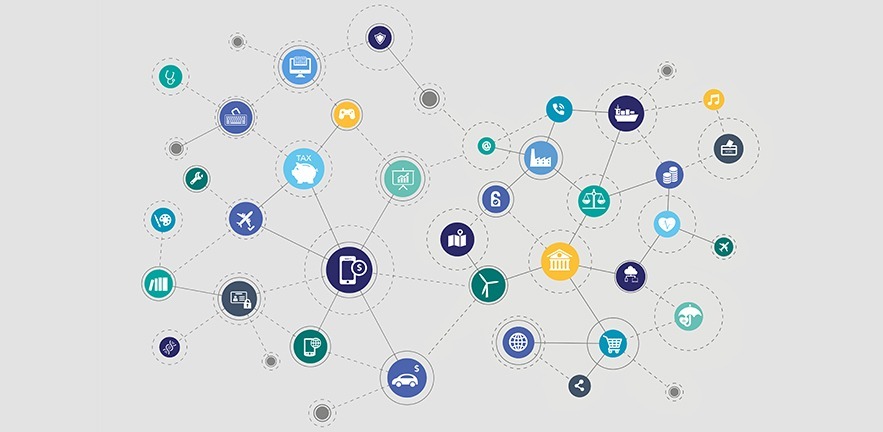Hype is slowing being replaced by business value, says the 2nd Global Enterprise Blockchain Benchmarking Study by the Cambridge Centre for Alternative Finance.

Following on from its initial Global Blockchain Benchmarking Study, released in 2017, the Cambridge Centre for Alternative Finance (CCAF), supported by Invesco, has surveyed over 160 entities and analysed 67 live enterprise blockchain networks across all sectors.
The study underlines significant changes since the initial version: “While two years ago, the industry landscape was mostly dominated by half-hearted experiments and short-lived proofs-of-concept – often announced with great fanfare and publicity – the hype has gradually given way to genuine development of sustainable blockchain networks that are increasingly being deployed in production environments,” the new report says. The median enterprise blockchain project takes 25 months between initial proof-of-concept and deployment in production, while some large-scale networks take more than four and a half years for full launch.
The study cautions, however, that the vast majority of existing live enterprise blockchain networks (77 per cent) has little in common with multi-party consensus systems. Such “blockchain meme” projects, as coined by the report, are nevertheless influential drivers of organisational change to promote the development of common data standards.
“In multiple industries, enterprise blockchains are perceived as a solution to establish common data standards across organisations, eliminate organisational silos, and facilitate record reconciliation to help improve overall efficiency and enable the creation of new services,” said Dr Robert Wardrop, Director of the Cambridge Centre for Alternative Finance at Cambridge Judge Business School, in a Foreword to the report.
The new study also finds that financial services account for the largest share (43 per cent) of live blockchain networks as banks and other institutions seek to use the technology for greater efficiency. While the report points to revenue generation being the biggest strategic driver for blockchain investment, only six per cent of current enterprise blockchain networks’ value proposition focuses on incremental revenue generation.
“A few salient points shine through in the report: one being that the success of blockchain cannot and will not happen in isolation as the power is in the network, that true transformation of ecosystems takes time, and that new technologies must prove themselves to build trust in the new paradigm,” says Dave Dowsett, Global Head of Technology Strategy, Digital Transformation, AI and Emerging Technology at Invesco, in another Foreword to the report.
Other findings of the survey include:
- While 72 per cent of live networks are now used primarily to lower costs through reduced reconciliation efforts, 69 per cent of network participants said that the key motivation for joining the project is to generate incremental revenues through the provision of new products and services.
- About 71 per cent of live networks were initiated by a single founder leading the initiative; although 88 per cent are designed for shared use by independent entities, the majority restrict membership to partners and 19 per cent are jointly operated by direct competitors acting in a consortium.
- About 48 per cent of covered projects used in production in all industries have chosen Hyperledger Fabric as their core protocol framework, followed by R3’s Corda platform at 15 per cent and Coin Sciences’ MultiChain framework at 10 per cent.
- While most live networks (81 per cent) now retain a high degree of centralisation, they gradually plan to distribute control.

